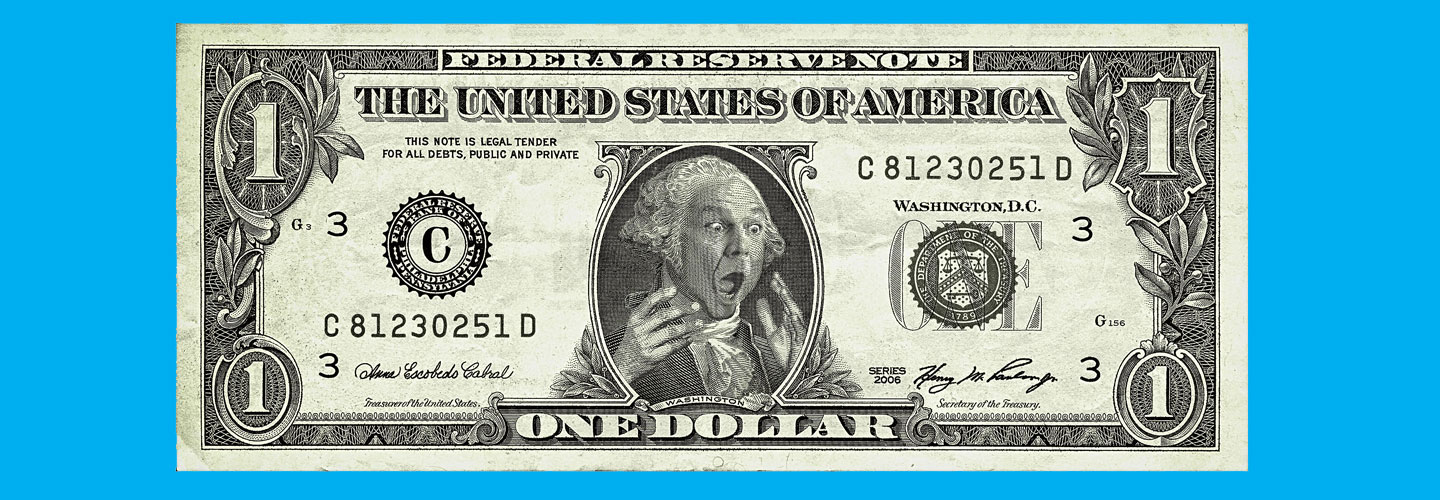During lunchtime in New York City, the line at the salad chain Sweetgreen stretches out the door. It moves quickly, though. Instead of opening their wallets, counting out their money, and waiting for change, customers swipe an app on their phones. They can’t pay with cash even if they want to because Sweetgreen no longer accepts it.
“It took some getting used to, but I don’t mind now,” says Lori McGuire, a 22-year-old college student. “The line moves much faster, and I’m in and out quicker.”
Is cash going the way of gold coins and other outdated forms of currency (see sidebar, below)? Some experts say yes. Increasingly, people and companies are turning to apps and other digital types of payment. Even entire countries are moving toward going cashless.
“Within 10 years, cash will seem old-fashioned,” predicts Susan Crawford, a technology expert at Harvard University. “Every advanced society on earth is exiting cash, so we in the United States need to catch up.”
But the cashless trend is also sparking debate. Some experts say eliminating paper money could leave Americans with less privacy and make them more vulnerable to fraud, among other concerns.
During lunchtime in New York City, the line at Sweetgreen, a salad chain store, goes out the door. It moves quickly, though. Customers are not opening their wallets to pay. Instead, they are using an app on their phones. They could not pay with cash even if they wanted to. Sweetgreen no longer accepts cash.
“It took some getting used to, but I don’t mind now,” says Lori McGuire, a 22-year-old college student. “The line moves much faster, and I’m in and out quicker.”
Is cash going the way of gold coins and other outdated forms of currency? (See the sidebar, below.) Some experts say yes. More people and more companies are turning to apps and other digital types of payment. Even entire countries are moving toward going cashless.
“Within 10 years, cash will seem old-fashioned,” says Susan Crawford. She is a technology expert at Harvard University. “Every advanced society on earth is exiting cash, so we in the United States need to catch up.”
But the cashless trend is also sparking debate. Some experts say that getting rid of paper money could leave Americans with less privacy. It also could put them at greater risk of fraud, among other concerns.

